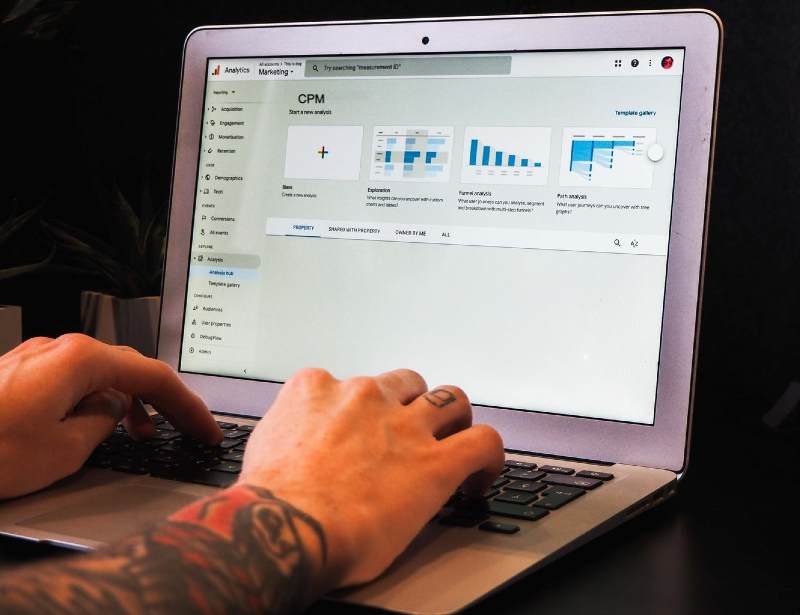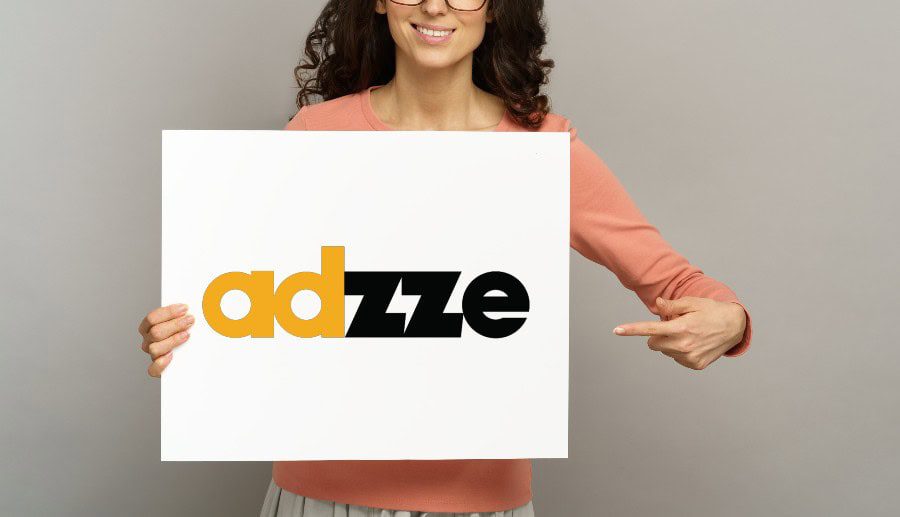
How to Compare CPMs from In-Hand Ads vs. Traditional Media
The use of traditional media advertising has created brand exposure for many decades. However, global pandemic and the need to deliver more effective adverts have brought about the need to try different forms of advertising. Today, marketers are using the in-hand advertising model, hoping to generate more returns on investment. To determine which advertising model works best, you ought to compare CPMs for the different forms of advertising. So, what is CPM and how can you calculate and compare CPM for the traditional media advertising and in-hand advertising?
What is CPM?
CPM stands for cost per thousand impressions and it is a marketing pricing model used for measuring how many thousands of people your advertising or marketing piece has left an impression on. Therefore, based on the definition, it is clear that CPM is used in the campaigns designed to be seen by thousands of people. You can use a CPM calculator to determine the price and volume of advertising traffic.
CPM is traditionally a marketing metric where companies pay for views of their advertisement. Therefore, whether running Ads on TV, Billboards or Subways, the advertiser calculated the cost of running the advert on their media based on the number of impressions per a thousand people who are likely to view the advertisement. Ultimately, you will find that advertising media with a huge exposure such as the national television will charge more compared to a subway advertisement where the number of impressions is likely to be lower. Therefore, before deciding where to advertise, it is always safe you compare CPMs for different advertising media.
How Do you Calculate CPM?
The typical formula for calculating cost per thousand impressions is:
Cost Per Impression=Advertising/1000 Impressions
Using the example of billboard advertising, the Cost Per impression = (Cost of 1 unit of a media program)/ (size of Media Programs audience) * 1,000. For instance, a $5,000 billboard advertisement that will be viewed by an average of 10,000 people, the cost is divided by 10,000 and the result multiplied by 1000. Therefore, the cost per impression is $500 for every 1000 viewers.
The best results from the equation are found within the advertisers who compare CPMs for different advertising media, and ultimately pick the most promising advertising approach. In addition, advertisers will see the best results from CPM strategies when they are used in a wider marketing campaign that focuses on reaching a maximum awareness of their product and or brand recognition. It is important noting that CPM strategies are often targeted and not ideal for the smaller niche companies. In addition, CPM model will not provide the best results if you need quantifiable results to back up the marketing dollar spend. Therefore, to create as strong foundation for the CPM strategy, ensure you understand the overall marketing objectives and how the CPM metric shall help you in measuring the marketing goals. In addition, the marketer should determine a lead and come up with the appropriate methods for following up on the newly generated customer awareness.
Conclusion
At Adzze, we specialize in providing our clients the best in-hand advertising. Therefore, if you are looking for the advertising method with the best CPM, contact Adzze. For coffee Sleeves Advertising, the estimated impressions can be up to 1.7M per store, while the bar advertisement, the estimated impressions can be 0.7 million per month. On the other hand, the estimated cost per impression for Pizza Box advert is 1.8 Million per month.




